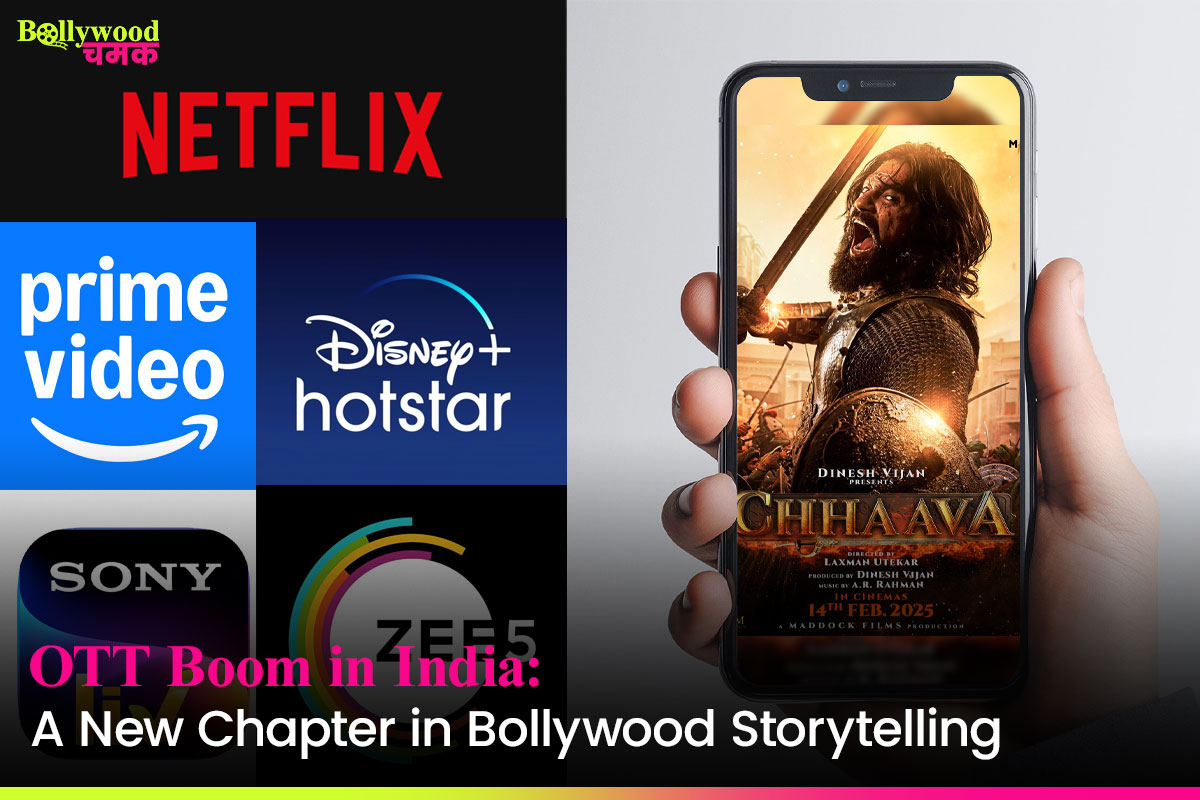Discover how OTT platforms like Netflix, Prime Video, and others are revolutionizing Bollywood storytelling with bold content, diverse voices, and creative freedom.
Streaming services like Netflix, Amazon Prime, and others are not just changing how we watch content but also how it’s created in Bollywood.
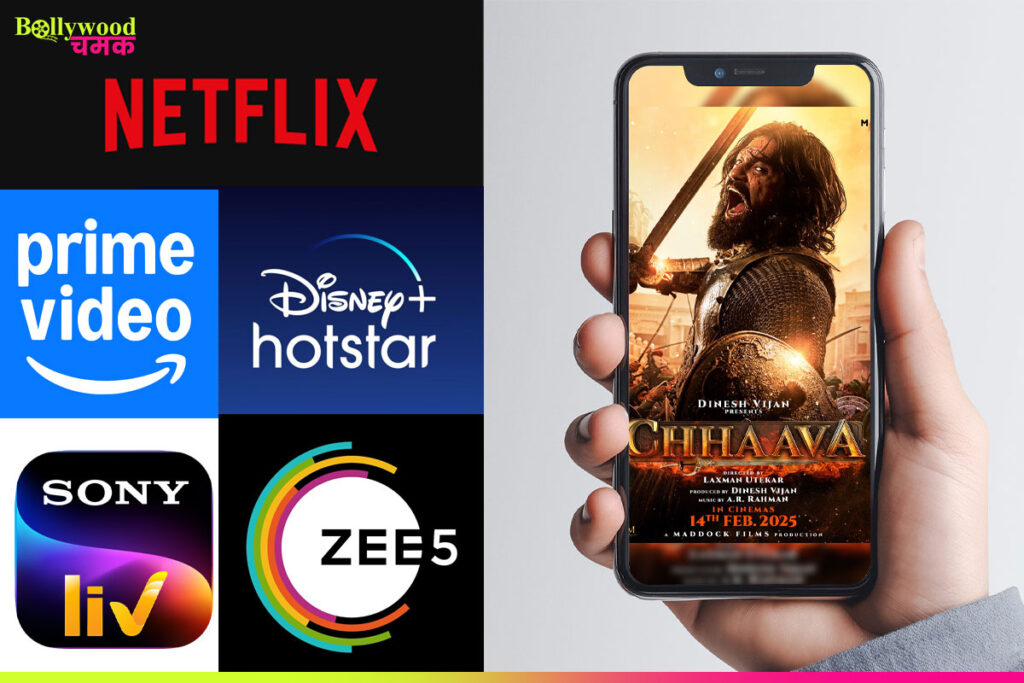
Introduction: A Shift from Silver Screen to Stream
Bollywood, the heart of Indian cinema, has traditionally thrived on big-screen spectacles, formulaic stories, and star power. However, with the rise of OTT (over-the-top) platforms like Netflix, Amazon Prime Video, Disney+ Hotstar, and others, a new era of storytelling is emerging. These platforms have become game-changers, offering bold narratives, fresh talent, and experimental formats. Audiences are no longer confined to theatres or television. They now consume content on demand, anytime, anywhere.
This digital revolution is reshaping how stories are told, produced, and consumed in Bollywood, bringing both challenges and opportunities.
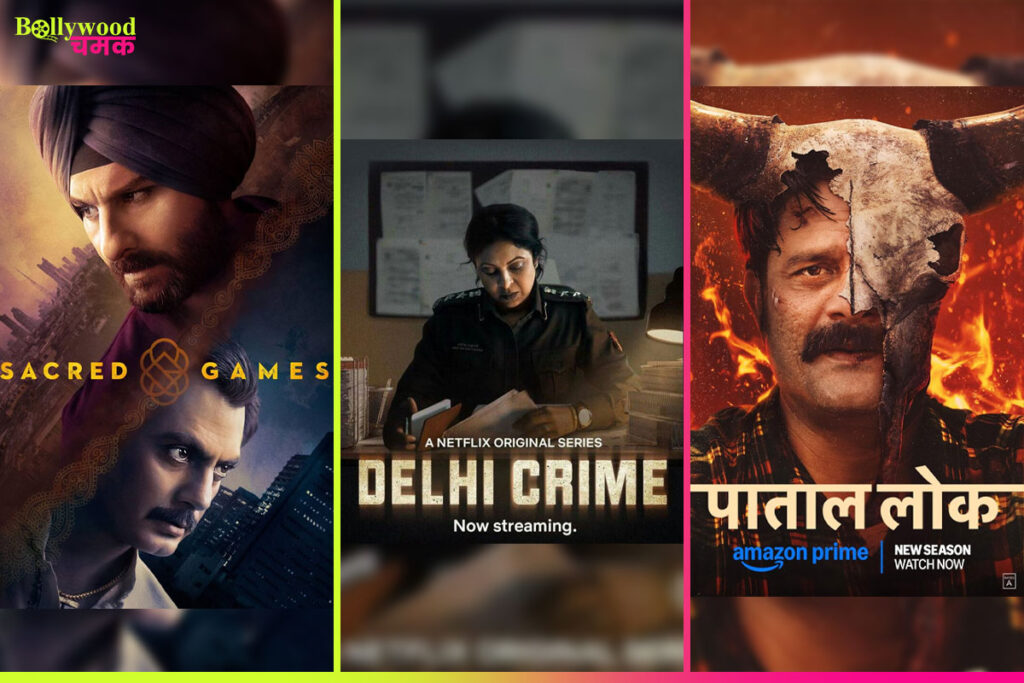
1. Freedom from Formulaic Storytelling
OTT platforms have dismantled the age-old Bollywood template of song-dance-action. Unlike mainstream cinema, where box office success often depends on star casts and predictable plots, streaming content thrives on originality and depth.
Web series like Sacred Games, Paatal Lok, and Delhi Crime broke away from the stereotypical Bollywood tropes. They showcased darker, more nuanced narratives that explored complex characters, societal issues, and regional diversity. These stories may not have succeeded on the silver screen but found loyal audiences online.

2. Rise of Fresh Talent and Diverse Voices
OTT platforms have democratized access to the entertainment industry. Aspiring actors, writers, and filmmakers who once struggled to break into the industry are now finding opportunities to showcase their work.
Talents like Jaideep Ahlawat, Shweta Tripathi, and Vikrant Massey gained national recognition through their OTT performances. Similarly, directors and writers have more freedom to experiment with unique concepts that would otherwise be considered too risky for a theatrical release.
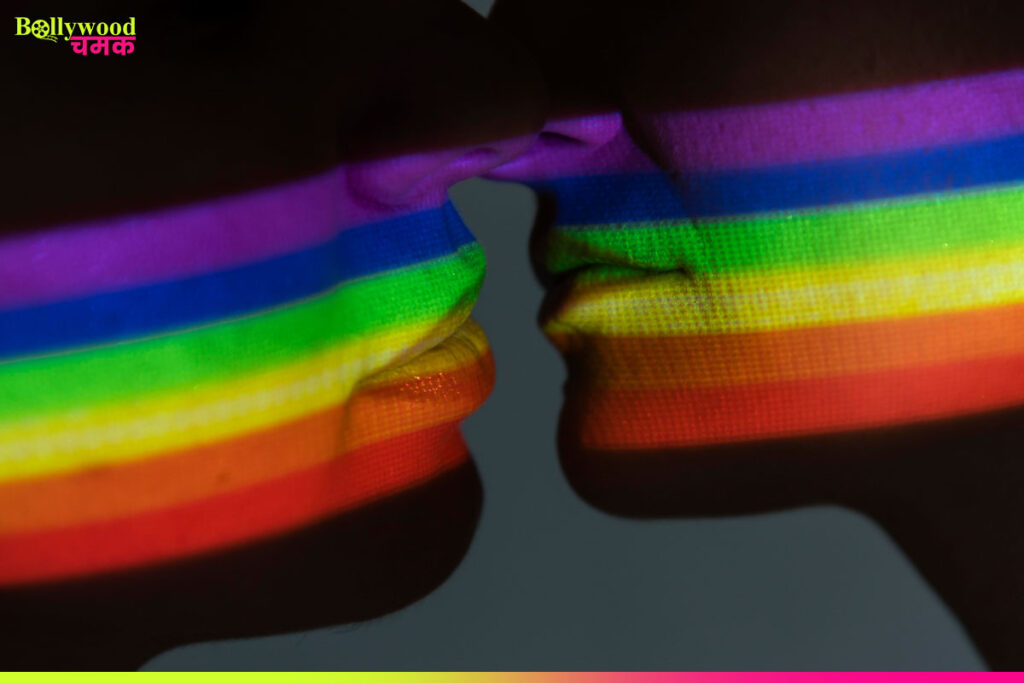
3. Space for Unconventional Narratives
Bollywood has often been criticized for its lack of diversity in content. OTT platforms have addressed this gap by offering space to genres like sci-fi, horror, psychological thrillers, LGBTQ+ stories, and docu-dramas.
Shows like Leila, Betaal, and Made in Heaven have delved into themes rarely explored in Bollywood films. These stories are not only engaging but also start important conversations on societal issues.

4. The Evolving Role of the Audience in the OTT Era
With the OTT boom, audiences are no longer passive consumers. Viewer preferences now shape the kind of content being created. Analytics from these platforms provide real-time data on what viewers like, helping creators tailor content accordingly.
This shift means that quality and storytelling take precedence over star value. Content is now created for niche audiences as well as the masses, making room for experimental formats and character-driven stories.

5. Shorter Formats and the Rise of OTT Binge Culture
Traditional Bollywood films run for about 2.5 to 3 hours. OTT platforms have encouraged the creation of shorter, snappier content that fits the binge-watching model. Mini-series, anthology shows, and limited episode formats are gaining popularity.
This format flexibility helps creators explore arcs in more detail without the pressure of a long runtime. Audiences enjoy immersive storytelling that can be consumed at their own pace.
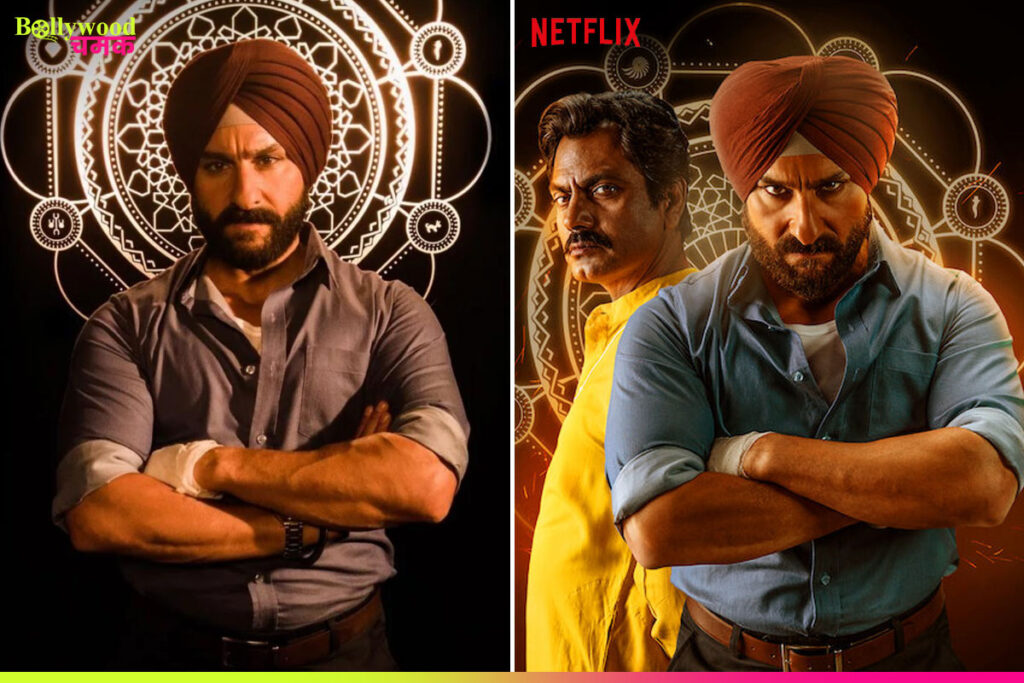
6.OTT Disruption: Breaking the Barrier Between Film and TV
The OTT era has also blurred the once-clear lines between television actors and film stars. Big names like Saif Ali Khan (Sacred Games), Abhishek Bachchan (Breathe), and Madhuri Dixit (The Fame Game) have embraced digital platforms.
This crossover is redefining the celebrity landscape, proving that strong scripts and roles matter more than the medium. Actors now prioritize meaningful roles over the size of the screen.

7. Regional Cinema Goes Global
OTT platforms have opened global doors for regional content. Marathi, Tamil, Telugu, Malayalam, and Bengali films and series are finding international audiences thanks to subtitles and dubbing options.
This global exposure is prompting Bollywood to adopt regional storytelling styles and collaborate across linguistic borders. It’s also encouraging filmmakers to stay true to authentic storytelling rather than pandering to formulaic demands.
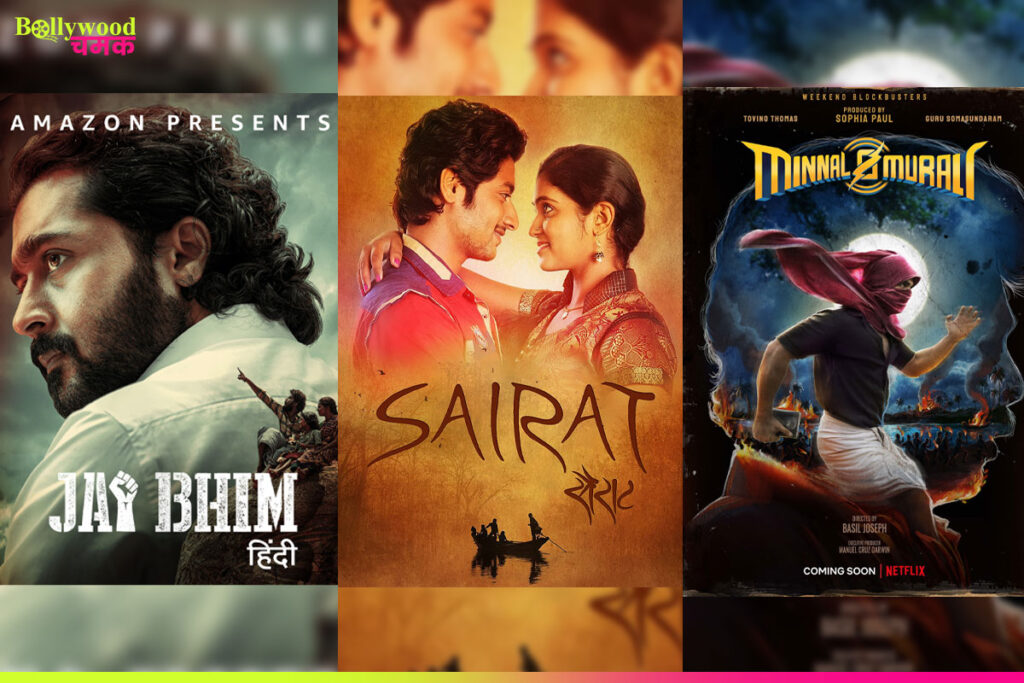
8. New Business Models and Revenue Streams
Streaming platforms are introducing new business dynamics to the film industry. Revenue is no longer solely dependent on box office returns. Licensing deals, exclusive digital rights, and subscription models are redefining profit structures.
This has provided financial stability to mid-budget films and indie projects that might not have survived in traditional theatres. Filmmakers now have the freedom to focus on storytelling rather than commercial viability.

Conclusion: The Future of Bollywood Lies Online
OTT platforms are not just a trend; they are a transformative force in the Indian entertainment industry. They have reshaped Bollywood storytelling by promoting creative freedom, diverse narratives, and inclusive representation. While challenges remain—such as content oversaturation and quality control—the benefits far outweigh the drawbacks.
As Bollywood continues to evolve, the influence of digital streaming platforms will only grow stronger. In this new landscape, content truly is king, and storytelling reigns supreme.

